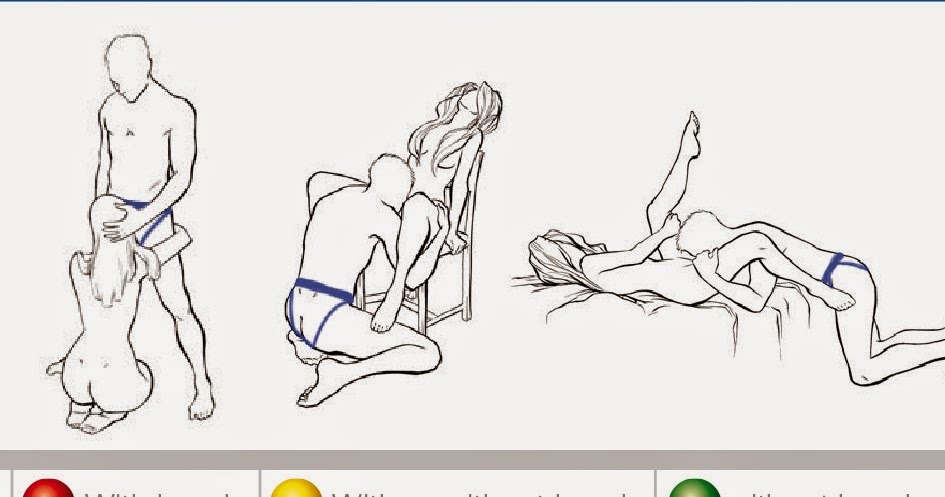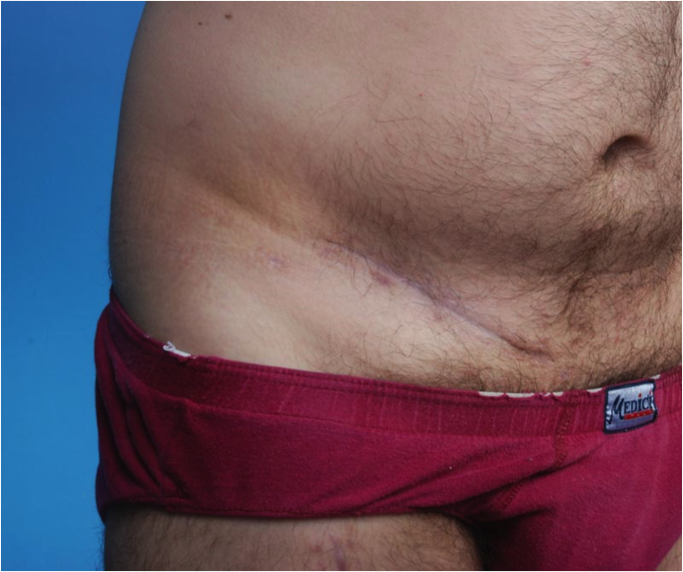
By far the most common hernias (up to 75% of all abdominal hernias) are the so-called inguinal hernias. Inguinal hernias are further divided into the more common indirect inguinal hernia (2/3, depicted here), in which the inguinal canal is entered via a congenital weakness at its entrance (the internal inguinal ring), and the direct inguinal
Clinical Features Symptoms Inguinal hernia is suspected when a is noticed to have a swelling in inguinal area or scrotal area (Figure 2).

A hernia is a bulge created by an organ or tissue. Learn about this common condition near the belly or the groin.
REFERENCES. Rosenberg J, Bisgaard T, Kehlet H, et al. Danish Hernia Database recommendations for the management of inguinal and femoral hernia in adults.
A former hernia sufferer describes how he first opted for surgery then became concerned at the lack of answers about possible complications. Opting instead for natural alternatives, he eventually cured his own hernia.


Learn about inguinal hernia repair surgery recovery – including what you might experience as you recover, from the first day through the first few weeks.



Both inguinal and umbilical hernias are common conditions in babies. Learn how they can happen and how to recognize the symptoms.


Inguinal hernia. This is the ‘common’ hernia – (about 70% of all hernias are inguinal hernias) – and when people say they have a hernia, or a relative or friend has a hernia, this is usually what they mean.
An inguinal hernia is a bulge of tissue near the crease between your ’s belly and inner thigh. The tissue bulges into a sac that comes out of a tunnel in the wall of the belly.
Inguinal hernia repair, also known as herniorrhaphy, is the surgical correction of an inguinal hernia. An inguinal hernia is an opening, weakness, or bulge in the lining tissue (peritoneum) of the abdominal wall in the groin area between the abdomen and the thigh. The surgery may be a standard open
